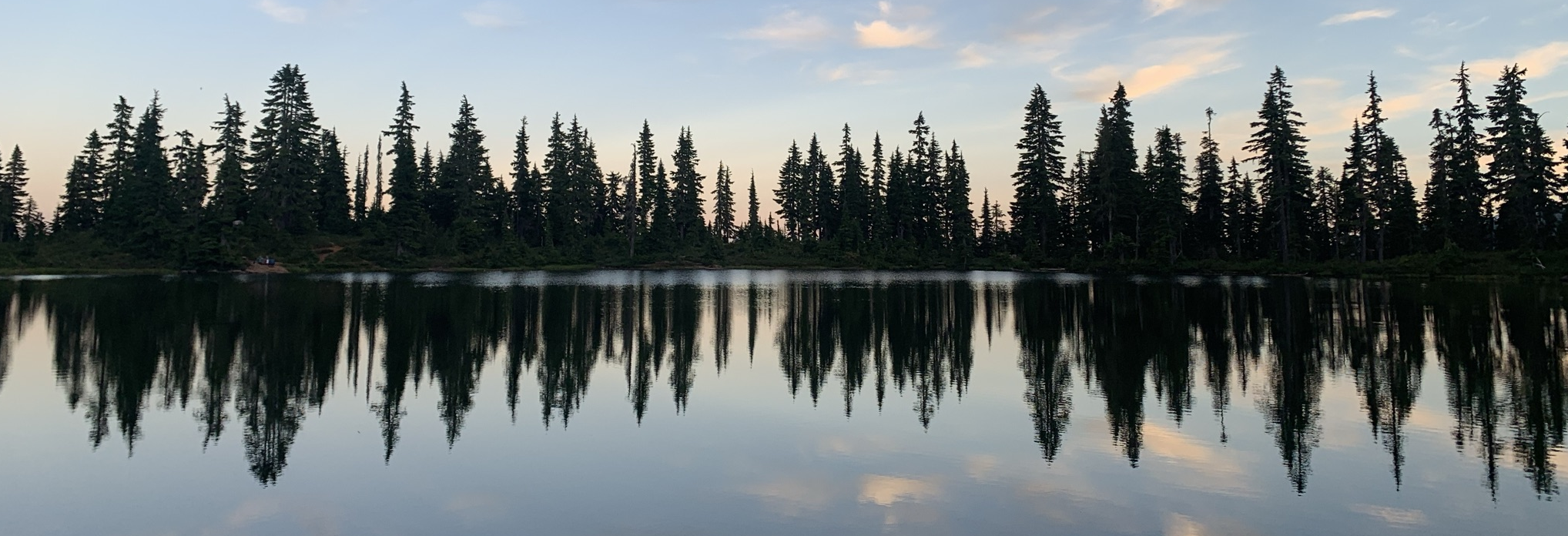We now have a website specific to Dr. Bird’s SSHRC Partnership Development Grant Hul’q’umi’num’ Phonetic Structures: Exploring Paths Towards Fluency. You can acces it here!
Author Archives: Sonya Bird
Hul’q’umi’num’ Pronunciation Work
Check out this new little UVic video, highlighting the pronunciation work we’ve been doing in partnership with the Hul’q’umi’num’ Language and Culture Society and the Hul’q’umi’num’ Language Academy, through Sonya Bird’s SSHRC Partnership Development Grant:
ISAPh 2018
Somewhat related to the last post, Mizuki Miyashita (University of Montana) and I (Sonya Bird) presented our first co-authored paper recently, on Teaching phonetics in the context of Indigenous Language Revitalization, at the Second International Symposium on Applied Phonetics in Aizu Japan (September 18-20). I’m excited to be thinking about how best to put our Phonetics expertise to use, to support learners reach their pronunciation goals as well as to help build capacity among community members to document the phonetic structures of their language!
ICLDC 2019
Our paper Seeing speech: Teaching and learning Hul’q’umi’num’ pronunciation with Praat has been accepted for presentation (paper session) at the 6th International Conference on Language Documentation – Hawaii here we come!
Authors: Sonya Bird, Rae Anne Claxton, Maida Percival, Sq’utxulenuxw George Seymour, and Swutthus Harvey George
Welcome back!
Welcome back to a new term everyone, It’s going to be a good one! A few “New”s to get us all going:
- New and improved LING 380 (Acoustic Phonetics), with weekly labs in the very fancy new computer lab CLE A030.
- New students in the lab: Welcome Tess Nolan (PhD), Amber Goss (MAAL), and Mackenzie Marhsall (Honours BSc)!
- Most importantly: newly renovated lab, with a spiffy golden accent wall!
PSLLT 2017
Just back from a fantastic few days in Salt Lake City, participating in PSLLT: Our (with Heather Bliss) pre-conference workshop Visualizing speech in the classroom using interactive ultrasound imaging generated a lot of excitement, and my talk Teaching L1 articulatory strategies to L2 speakers: The role of phonetics in pronunciation instruction was really well received!
Congratulations also to Tess Nolan for a great presentation on The role of acoustic analysis in second language learning, focused on documenting the phonetic variation of Lekwungen vowels as a first step in teaching L2 learners to perceive and produce them.
PSLLT does an amazing part of bringing together linguists, applied linguists, and language teachers in a supportive, inclusive environment – creating such a great opportunity to learn from each other. Thanks so much to the organizers and volunteers, I’m already looking forward to next year!
